HIDA TOOL SCHOOL 2026
HIDA TOOLS SCHOOL 2026
2025 was a year of change for our series of classes. We had challenges and success. We lost Wellington for four classes and were happy to have him back for the final class. As a result we gained William Richter, Kirk Svensson and Jack Colston. They stepped up to the challenge and as a result we have a solid teacher to student ratio.
Like Wellington, William brings decades of experience with Japanese hand tools. They are happy to dive deep into what makes these tools work and tell a couple of good stories along the way.
Kirk and Jack are a dynamic duo installing fine cabinets for Joinery Structures. They use Japanese hand tools daily. Both of them make bespoke furniture. We are happy to have their addition to our team. With Kou at Hida Tools there are now six of us.
CLASS SCHEDULE $700 FOR 5 - 4HR CLASSES
-
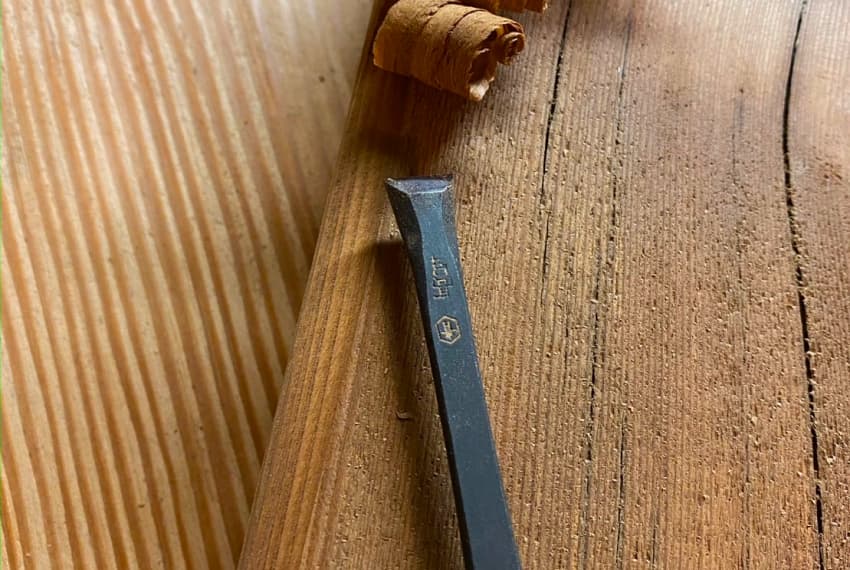 SPRING 2026
SPRING 2026SPRING 2026
01/17/26 • 02/14/26 • 03/14/26 • 04/11/26 • 05/09/26
-
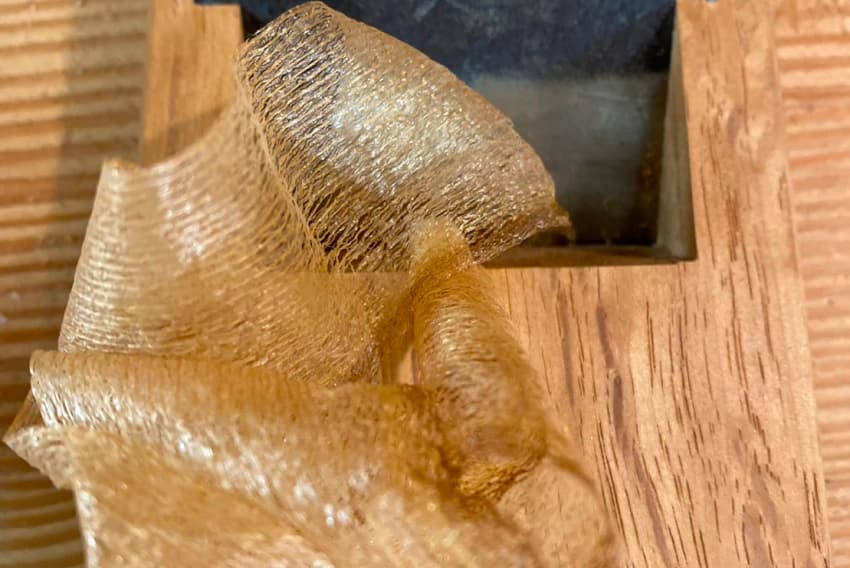 FALL 2026
FALL 2026FALL 2026
07/18/26 • 08/15/26 • 09/12/26 • 10/10/26 • 11/07/26
CLASS DESCRIPTIONS
Beginners - An introduction to Japanese hand tools.
All five classes focus on three things: sharpening, nomi and kanna.
Students set up their first nomi (chisel), learn to sharpen and then prepare a 48mm kanna (plane).
Our goal is that students leave class with a working nomi, kanna and a sharpening skill set to keep them going.
Classes are taught by Kirk and Jack with Welly assisting.
Intermediates - Students learn more about kanna by setting up a 70mm plane.
We also teach layout tools and sawing to a line using a ryoba.
More sharpening with joinery practice as well.
These classes are taught by Wellington and Eric.
Advanced - Students use all the skills learned in previous classes making full sized samples of the brackets for the Hida store front.
We also teach specialized planes like the pair of kiwa-kanna.
William leads this class with the help of Wellington and Kou.
Classes are fluid with every instructor participating at each level.
The fifth class of each semester makes sure students have working tools, reviews joinery and pulls some shavings.
Classes are held at Joinery Structures in West Oakland from 4:00pm to 8:00pm one Saturday a month.
Students participate in setting up and breaking down our classroom.
REQUIRED TOOL LIST
Students will receive special discounts from Hida Tool
Beginners
1. Book - "Sharpening and the Japanese Hand Plane" by Dale Brotherton
2. Combo stone 1000/6000
3. Flattening stone
4. 24mm - 30mm nomi (bench chisel)
5. Genno (hammer) 300 - 350 gram
6. 42mm - 48mm kanna (block plane)
Intermediates
1. Tachi scraper plane 36mm - 48mm
2. 70mm kanna
3. Sashigane inches 20" x 10"
4. Ryoba saw 240mm
5. Sharpening stone 8000
Advanced
1. Pair of kiwa-kanna 24mm - 48mm (side cutter rabbet plane)
2. Soto maru kanna 24mm - 30mm (convex plane)
3. Bevel gauge
Notes
Students set up and break down the classroom together.
Classes are fluid with every instructor participating; the fifth class focuses on tuned tools, reviewing joinery, and pulling shavings.
CONTACT
Eric Baker at wellyanderichidaclasses@gmail.com for more information and registration.
Kosuke Minamizaki at hidatool@gmail.com for ordering and help with tools.
Thank you. We look forward to see you in 2026.
Eric Baker
INSTRUCTORS
-
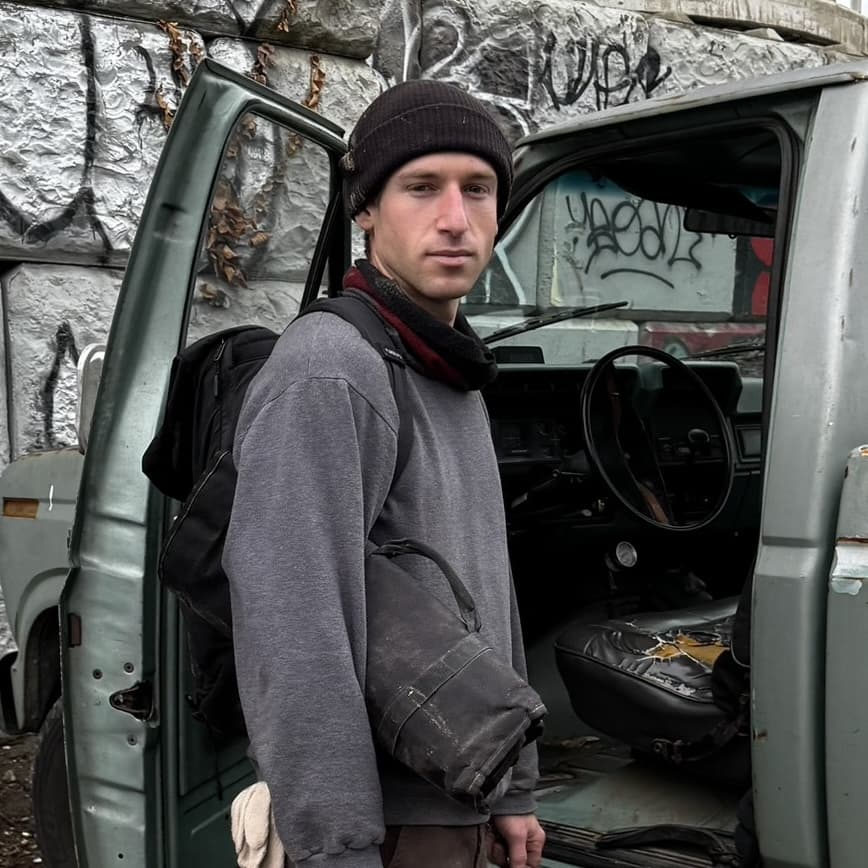
Jack Colston
Originally from Orange County, California, Jack began his journey with Japanese hand tools early in his career as a finish carpenter. He was instantly drawn to the versatility, depth and accuracy they offer.
Jack says these tools are his best friend and worst enemy, but ultimately his greatest teacher. It's a beautiful journey he looks forward to sharing with students.
-
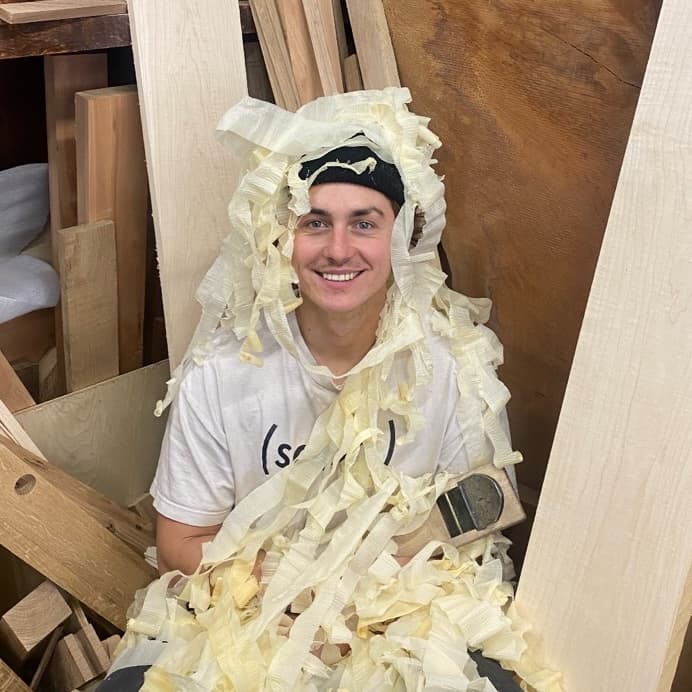
Kirk Svensson
Kirk Svensson installs fine cabinets for Joinery Structures and relies on Japanese hand tools daily. He teams up with Jack to lead the beginner sessions, keeping sharpening and plane work central to their teaching.
-
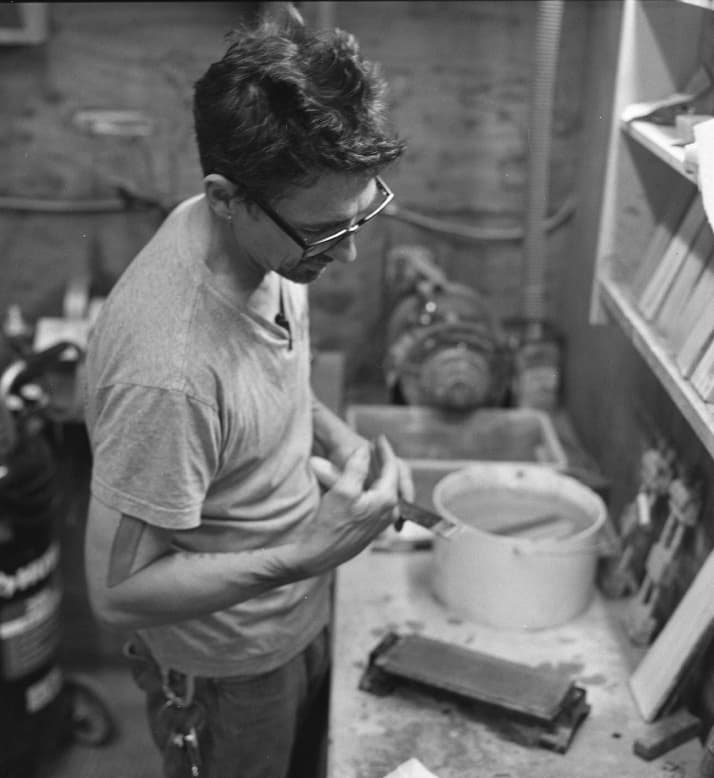
Eric Baker
I'm originally from Ramona, California, in San Diego County. I first got into woodworking in 8th grade wood shop. Then discovered furniture design at San Diego State. It was there that I found a Japan Woodworker catalog. Wasn't long before I bought some nomi. Then a kanna. I was hooked.
When I moved to Oakland I visited Hida for the first time. Met Welly and through him found out about Joinery Structures, where I continued my path. I like seeing students light up when they make their hand tools work well.
-
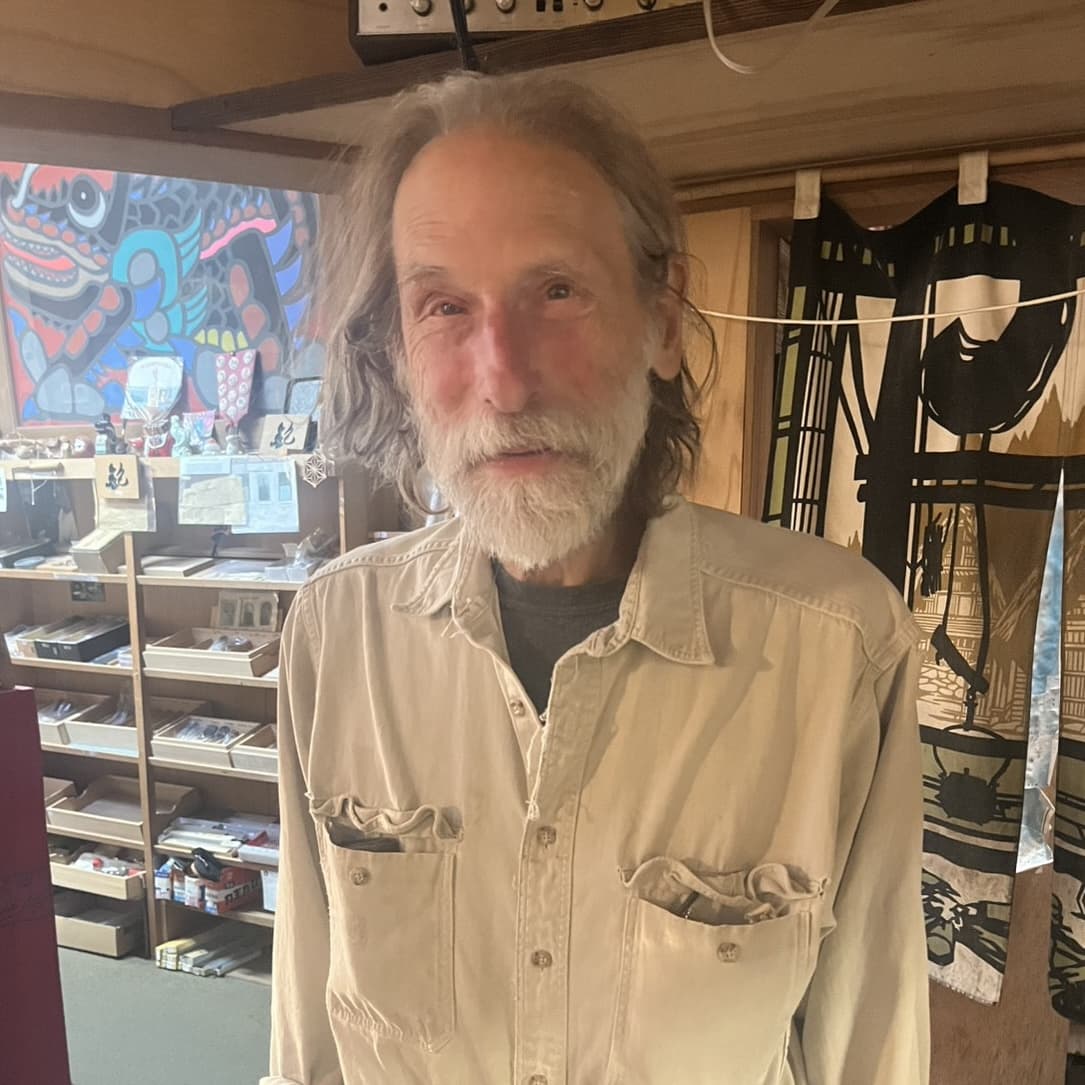
William Richter
I was born in industrial New Britain, Connecticut, home of Stanley Tools, a community full of machine operators like my mother and skilled craftsmen like my dad, the best of whom were highly respected. It was a tool making city during the nadir of the loss of skills and standards. A Stanley plane made when I was young was a joke compared to those made before the Great Depression, as were the buildings. So I caught from Dad a sense of a lost civilization watching us with dismay.
The sixties brought wide disillusionment with corporate goals and a quest to measure up to higher standards. I went the Eric Sloane route of re-evolution, from the most basic hand tools. I really wanted to start with stone tools but they weren't at garage sales or flea markets, so I started from the Iron Age. Kip Mesirow's article in the Whole Earth Catalog on Japanese tools caught my attention, but when I went to see Makoto Imai give a demonstration of laying out and cutting a scarf joint, his focus and exactitude stunned me.
At the final clean up he adjusted a kanna, made a pass, made a slight correction, pulled a whistling sweep and a perfect shaving flew up, paused, drifted to the floor, and tears came to my eyes. This was the lost craftsman my father had revered. I'm not that. My work has made peace with worm drives, chop saws, sanders and plywood as well as tsuki nomi. I like being around people with beginner's mind. They put up with my stories if I bribe them with tips that help them do better work or expand their vision.
-
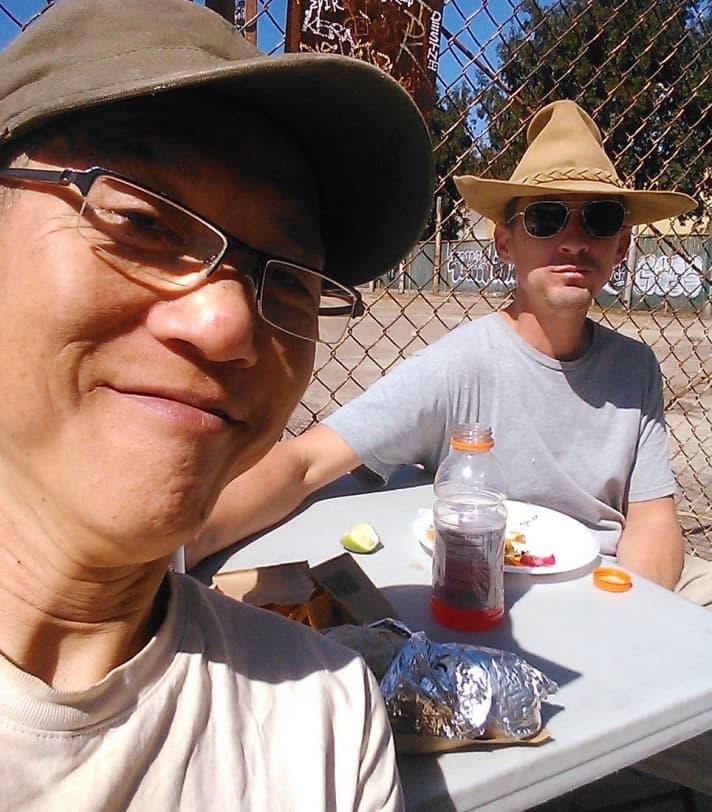
Wellington Dong
Hi, I’m Wellington originally from the East Coast but have lived mostly in California. My background in craft started from metalsmith to carpentry. Unknown to me I started working with my hands in my twenties and handwork and craft continues to fascinate me to this day. Japanese tools continue to help me refine my skills and delight me with their simplicity and refinement.
